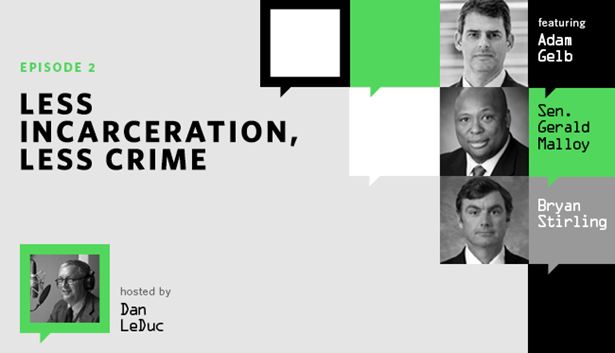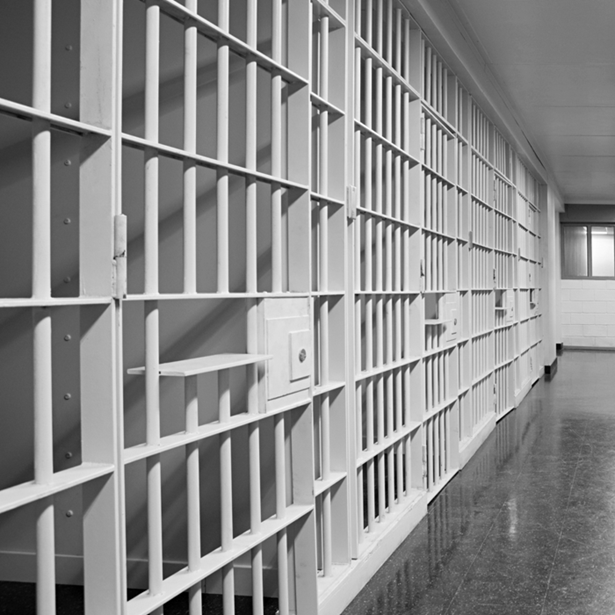National Imprisonment and Crime Rates Continue to Fall
Crime dropped faster in 2015 in states with larger prison declines
This factsheet was updated March 8, 2017, to correct the the property crime graph's left axis and related trend lines.
Over the five-year period from 2010 to 2015, the nation’s imprisonment rate fell 8.4 percent while the combined violent and property crime rate declined 14.6 percent, according to statistics released by the U.S. Department of Justice. Thirty-one states cut both rates simultaneously.
The rates of violent and property crime reported to law enforcement both have declined by more than half since their 1991 peaks, returning to levels not seen since the late 1960s. National, state, and local crime rates shift for complex and poorly understood reasons, but experts believe that the long-term decline is the result of a combination of factors, including more effective policing, the waning of the crack cocaine epidemic, the spread of car theft-prevention devices and other anticrime technologies, reduced use of cash in favor of electronic payments, and increased incarceration of high-risk offenders.
States show tandem reductions in crime, prisons
Table 1 (see PDF) ranks states by their imprisonment-rate trends over the past five years and shows that 35 states reduced their imprisonment rates, led by California. The table also documents crime-rate changes for each state, showing that almost every state experienced a reduction in crime, with no apparent correlation to its trend in imprisonment:
- Across the 44 states with crime declines, imprisonment-rate changes ranged from a 25.2 percent decrease to a 13.5 percent increase.
- Crime trends were consistent across both the 35 states where imprisonment dropped and the 15 states where it increased.
- In the 10 states with the largest imprisonment declines, the crime rate fell an average of 14.4 percent, compared with 8.1 percent in the 10 states with the biggest growth in imprisonment.
The lack of a consistent relationship between the crime and imprisonment trends reinforces the findings of the National Research Council and others that the imprisonment rate in many states and the nation as a whole has long since passed the point of diminishing public safety returns.








